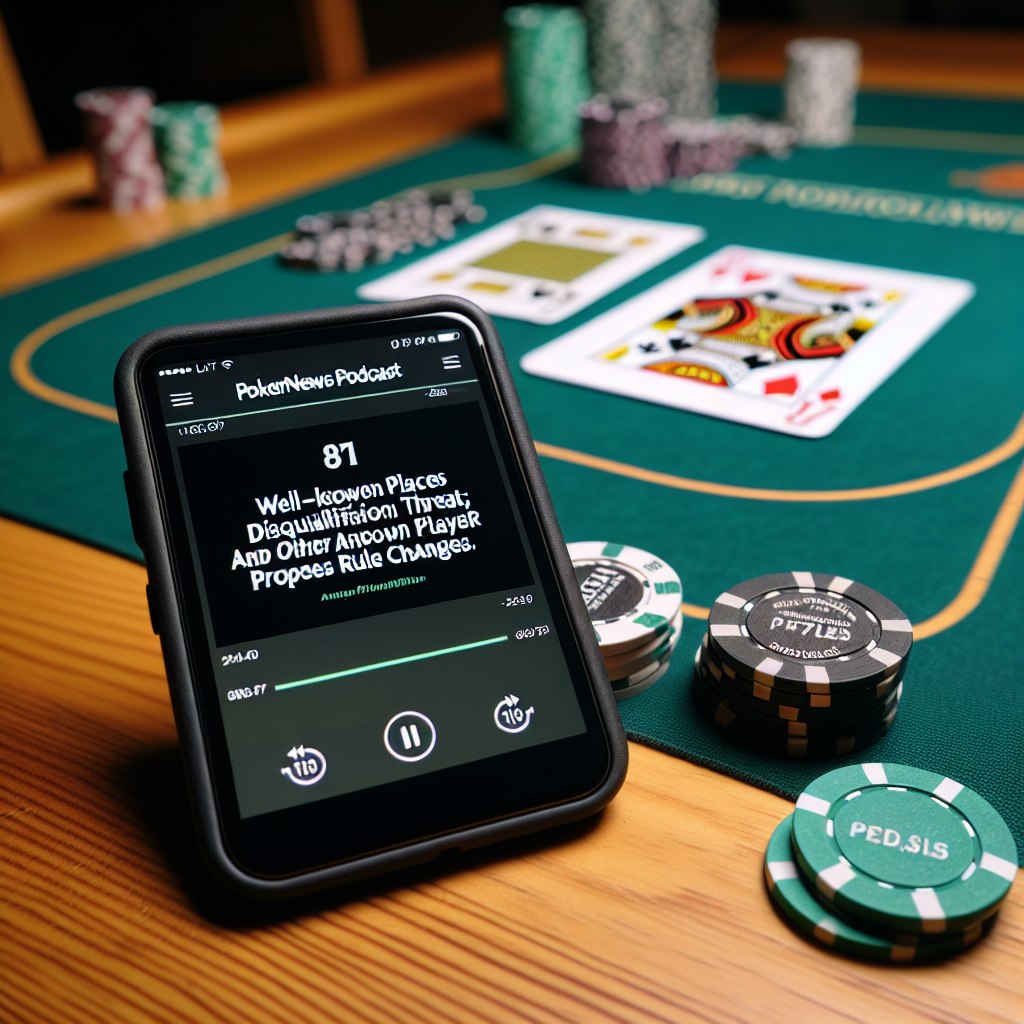
In the high-stakes world of poker, understanding poker positions is crucial for any player aiming to gain an edge. These positions refer to where you’re seated relative to the dealer button, dictating the order of play and significantly influencing your strategic decisions. Mastering poker table positions can be the difference between a mediocre player and a formidable opponent.
This comprehensive guide will delve into the intricacies of positional play, exploring how your seat at the table affects your decision-making process, hand selection, and overall strategy. We’ll cover early, middle, and late positions, as well as the blinds, and how each impacts your gameplay. You’ll learn how to leverage positional advantage, adapt your strategy based on your seat, and exploit your opponents’ weaknesses.
Whether you’re a novice looking to grasp the basics or an experienced player seeking to refine your skills, understanding poker positions is essential for elevating your game to the next level.
The power of position: a game-changing element in poker strategy
Poker positions explained: The significance of your seat at the table cannot be overstated in the game of poker. Position is a fundamental concept that savvy players leverage to gain a substantial edge over their opponents. But why does it matter so much?
Firstly, poker positions dictates the order of action in each betting round. Players in later positions have the advantage of observing their opponents’ decisions before making their own. This information is invaluable, allowing you to make more informed choices about whether to bet, call, raise, or fold.
Playing in position offers several key advantages:
- Information advantage: You get to see how your opponents act before you make your decision.
- Control over pot size: Being last to act allows you to manage the pot size more effectively.
- Bluffing opportunities: It’s easier to bluff when you have position, as you can represent a strong hand more convincingly.
- Cheaper pot control: You can often see free cards when in position, potentially improving your hand without risking more chips.
Understanding and exploiting poker positions is crucial for developing a winning strategy. Players who master positional play can extract maximum value from their strong hands and minimize losses with weaker ones. As we delve deeper into specific poker table positions, you’ll see how each seat presents unique opportunities and challenges that shape your overall game plan.
The anatomy of a poker table: understanding the layout
A standard poker table is designed to accommodate various game formats, with poker positions on table playing a crucial role in gameplay. The most common setup is an oval-shaped table that seats 9 to 10 players comfortably. This layout ensures optimal visibility and interaction among participants.
At the heart of the table is the dealer position, marked by a small disc called the “button.” Moving clockwise from the button, you’ll find the small blind, big blind, and then the remaining player positions. These poker table positions are typically arranged as follows:
- Button (Dealer)
- Small Blind
- Big Blind
- Under the Gun (UTG)
- UTG+1
- Middle Position
- Hijack
- Cutoff
- Button (if 9-handed)
Each seat is equipped with a designated area for chips and cards. The felt surface often features markings to indicate betting lines and community card placement, especially in games like Texas Hold’em. Understanding this layout is crucial for grasping the dynamics of poker positions explained in strategy discussions.
Decoding the chess board of poker: position names and their strategic importance

Understanding poker position names is crucial for developing a winning strategy. Each seat at the table comes with its own set of advantages and challenges, influencing how you should play your hands. Let’s break down the poker table position names and their significance:
Early position: the hot seat
Under the Gun (UTG): This player sits immediately to the left of the big blind and acts first preflop. The UTG position is considered the most challenging, as you have the least information about your opponents’ intentions.UTG+1 and UTG+2: These positions follow UTG and are still considered early. Players in these seats must exercise caution, as they’ll be out of position against most of the table post-flop.
Early position players should generally play tighter ranges, focusing on premium hands that can withstand aggression from later positions.
Middle position: the transition zone
Lojack (LJ): Also known as “Middle Position,” the Lojack sits two seats to the right of the Button. This position offers more flexibility than early positions but still requires careful hand selection.
Hijack (HJ): Located directly to the right of the Cutoff, the Hijack can start to open up their range slightly. It’s a prime position for stealing blinds if the players to your left are tight.
Middle poker positions players can start to incorporate more speculative hands into their range, but should still be wary of players yet to act.
Late position: the power seats
Cutoff (CO): Situated immediately to the right of the Button, the Cutoff is the second-best position at the table. Players in the Cutoff can apply pressure on the Button and blinds, often attempting to steal pots when the action folds to them.
Button (BTN): The most advantageous position in poker, the Button acts last on all post-flop streets. This information advantage allows for a wider playing range and more aggressive play.
Late position players can play a much wider range of hands profitably, capitalizing on their positional advantage to outplay opponents post-flop.
The blinds: forced to act
Small Blind (SB): Located to the immediate left of the Button, the Small Blind posts half the minimum bet before seeing their cards. Despite acting second-to-last preflop, the SB plays out of position post-flop.
Big Blind (BB): Sitting to the left of the SB, the Big Blind posts the full minimum bet preflop. While the BB has a preflop discount, they’ll be out of position against most of the table post-flop.
The blinds are forced to contribute to the pot, but they also get to see a flop for a discount. Defending your blinds appropriately is a crucial skill in poker.
Mastering the art of positional play: Strategic considerations for each seat

Understanding poker positions explained is crucial, but knowing how to leverage each position is what separates the amateurs from the pros. Let’s dive into the strategic considerations for early, middle, and late positions, exploring how to optimize your play based on your seat at the table.
Early position strategy: navigating treacherous waters
When you’re in early poker positions, you’re essentially playing poker with a blindfold on. You have the least information and the most players yet to act behind you. This calls for a cautious and disciplined approach:
- Play premium hands: Stick to strong starting hands like high pairs (10s and above), AK, and AQ. These hands can withstand pressure from later positions.
- Be prepared to fold: Don’t get attached to marginal hands. If you face a raise, be ready to let go of hands like small pairs or weak suited connectors.
- Size your bets carefully: When you do play a hand, make your bets count. Larger bets can help protect your hand against multiple opponents.
- Post-flop play: If you continue past the flop, play straightforwardly. Bluffing is riskier from early position as you’ll often face multiple opponents.
- Be aware of your table image: Playing tight from early position can set you up for successful bluffs later when you’re in a more advantageous position.
Remember, patience is key in early position. It’s better to wait for strong hands than to bleed chips playing marginal ones.
Middle position strategy: finding the balance
Middle poker positions offers more flexibility than early position but still requires caution. Here’s how to navigate this transitional area:
- Expand your range: You can start incorporating more hands like medium pairs, suited connectors, and some suited aces.
- Pay attention to early position players: If early position players have shown strength, tighten up your range accordingly.
- Isolate weak players: If a weak player in early position has limped in, consider raising to isolate them and play heads-up.
- Use position post-flop: You’ll have position on early position players post-flop. Use this to your advantage by controlling the pot size and extracting value.
- Be cautious of late position players: Remember, players behind you still have positional advantage. Don’t overcommit with marginal hands.
Middle position play requires a delicate balance between aggression and caution. It’s an excellent spot to start widening your range while still maintaining discipline.
Late position strategy: wielding the power of information
Late poker positions is where the magic happens in poker. With the most information at your disposal, you can play a wider range of hands and apply maximum pressure. Here’s how to capitalize on this advantage:
- Steal liberally: If the action folds to you, don’t be afraid to raise with a wide range of hands. The blinds are prime targets for stealing.
- Exploit weak players: Pay attention to betting patterns. If players in earlier positions consistently check to you, take advantage by betting more frequently.
- Control the pot size: Your positional advantage allows you to keep pots small with marginal hands and inflate them with strong ones.
- Bluff more effectively: Late position is ideal for bluffing as you have more information about your opponents’ likely hand strengths.
- Play more hands: You can profitably play a much wider range of hands from late position. This includes small pairs, suited connectors, and even some offsuit hands.
Remember, with great power comes great responsibility. While late position allows for more aggressive play, it’s still crucial to remain observant and adjust your strategy based on your opponents’ tendencies.
Poker positions: position-based hand selection in poker
Understanding poker positions is crucial, but knowing how to adjust your hand selection based on your seat at the table is what truly separates skilled players from the rest. Let’s explore how your starting hand range should evolve as you move around the table.
Early position: proceed with caution
When you’re under the gun or in early position, your hand selection should be at its tightest. With multiple players yet to act behind you, you need hands that can withstand potential raises. In these spots, focus on:
- Premium pairs: 99+
- Strong Broadway hands: AK, AQ, KQ suited
- Select suited connectors: JTs, T9s
For example, while 77 might be tempting, it’s often better to fold this hand from early position, as you’ll frequently face difficult decisions post-flop when an overcard hits the board.
Middle position: expanding your range
As you move into middle position, you can start to widen your range slightly. You now have more information about the players in early position and fewer opponents left to act behind you. Consider adding:
- Medium pairs: 77-88
- More Broadway hands: AJ, KQ offsuit
- More suited connectors: 98s, 87s
- Select suited one-gappers: J9s, T8s
A hand like AJo becomes more playable from middle position, as you have a better chance of isolating weaker hands or stealing the blinds.
Late position: wielding the power
In late position, especially on the button, you can play a much wider range of hands profitably. Your poker positions grant you a significant information advantage, allowing you to:
- Play small pairs: 22-66
- Utilize more suited and offsuit Broadway hands: KJ, QJ, AT
- Employ a wider range of suited connectors and one-gappers: 76s, 65s, 86s
- Consider playing some suited Ax hands: A5s-A2s
For instance, a hand like K9s, which you’d typically fold from early position, becomes a strong opening hand from the button due to its potential to make strong pairs and flush draws.
Blind play: defending wisely
When in the blinds, your hand selection should balance between defending against steals and avoiding costly mistakes. From the small blind, you might defend with:
- Any pair
- Any suited Ace
- Broadway hands
- Suited connectors and one-gappers
In the big blind, you can defend even wider, but be cautious about playing too many hands out of position.
Adapting your positional play: cash games vs. tournaments and full ring vs. 6-max

Understanding poker table positions is crucial, but how you leverage this knowledge can vary significantly depending on the game format. Let’s explore how positional awareness shifts between cash games and tournaments, as well as full ring and 6-max tables.
Cash games vs. tournaments
In cash games, your positional play focuses on maximizing value in each hand, as stack sizes remain relatively constant. Here, late poker positions like the button and cutoff become prime spots for aggressive play and wide-ranging opens. You can afford to take more risks, knowing you can always rebuy if needed.
Tournaments, however, introduce a new dynamic with increasing blinds and changing stack depths. Early in tournaments, positional play mirrors cash games. As the tournament progresses, however, your awareness of poker table positions must adapt:
- Short stack play: With dwindling stacks, position becomes even more critical. Late position steals and re-steals become essential tools for survival.
- ICM considerations: As you approach the bubble or pay jumps, positional aggression from late positions must be balanced against the risk of elimination.
- Final table dynamics: Position relative to the chip leaders becomes a key factor in your decision-making process.
Full ring vs. 6-max tables
The number of players at the table significantly impacts how you approach poker positions:
Full ring (9-10 players):
- Tighter overall play is required, especially from early positions.
- The button and cutoff gain even more value due to the increased likelihood of stealing blinds.
- Middle positions require more caution, as there are more players left to act behind you.
6-max tables:
- All positions become “later” relative to the blinds, allowing for looser overall play.
- Early positions (UTG and UTG+1) can open with a wider range than in full ring games.
- The button becomes an even more powerful position, often playing 50% or more of hands.
In 6-max games, your positional awareness must be heightened. With fewer players, you’ll be involved in more pots and face more 3-bets and 4-bets. This requires a more dynamic understanding of poker table positions and how they interact with different stack sizes and player tendencies.
Leveraging your seat: common positional plays and tactics
Understanding poker positions explained is just the beginning. To truly excel, you need to master the art of positional plays and tactics. Let’s explore three powerful strategies that capitalize on your table position:
Stealing the blinds: the late position power move
Blind stealing is a crucial tactic, especially from late poker positions. Here’s how to execute it effectively:
- Target the right opponents: Look for tight players in the blinds who fold frequently.
- Adjust your raising size: Use smaller raises to minimize risk while still applying pressure.
- Mix up your hand range: Don’t just steal with premium hands; include suited connectors and small pairs to balance your range.
- Be prepared for defenders: Have a post-flop strategy ready if your steal gets called.
Remember, successful blind stealing can significantly boost your chip stack over time, especially in tournament play.
Continuation bets: maintaining aggression
Continuation bets (c-bets) are a powerful tool when used correctly from position:
- Frequency matters: Don’t c-bet 100% of the time. Mix in some checks to balance your range.
- Board texture awareness: C-bet more frequently on dry boards that likely missed your opponent’s range.
- Sizing strategy: Use smaller sizes on dry boards and larger sizes on wet, draw-heavy boards.
- Position-based adjustments: C-bet more often in position, where you have more information and control.
Mastering c-bets allows you to maintain aggression and often take down pots without showdown.
Floating: the positional counter-strategy
Floating is an advanced tactic used to exploit opponents who frequently c-bet:
- Identify the right spots: Look for aggressive opponents who c-bet too often.
- Position is key: Float more often when in position, where you can better control the pot on later streets.
- Board texture considerations: Float on boards that likely missed your opponent’s range.
- Have a plan: Be prepared to take the lead on the turn if your opponent checks.
Floating allows you to turn the tables on aggressive opponents, using your positional advantage to win pots they initiated.
Mastering the chess game of poker: the power of position
In the intricate world of poker, understanding and leveraging poker positions is the cornerstone of a winning strategy. As we’ve explored, your seat at the table profoundly influences every decision you make, from hand selection to post-flop play. Mastering poker table positions isn’t just about knowing where you sit; it’s about comprehending how each position shapes the flow of the game and your potential for profit.




